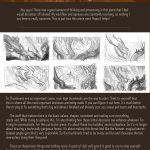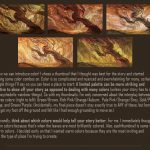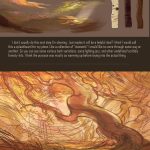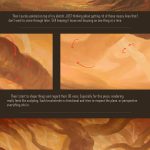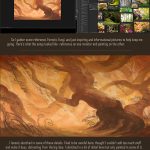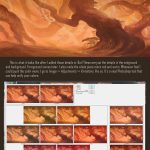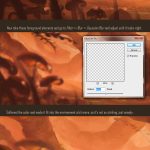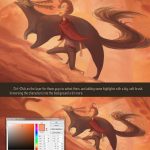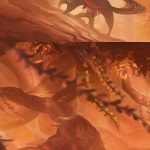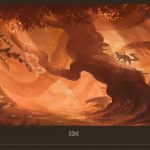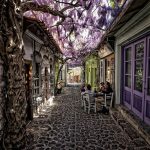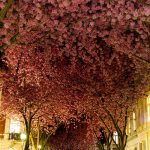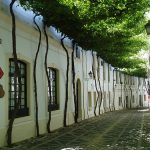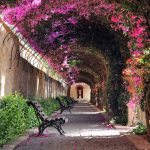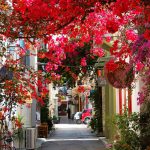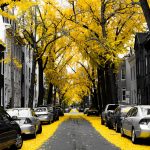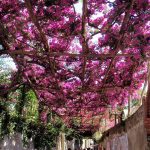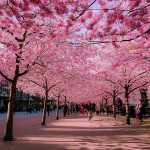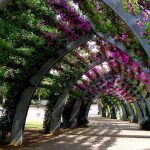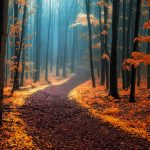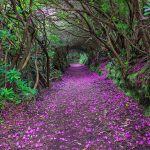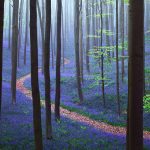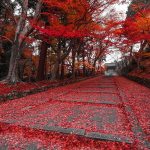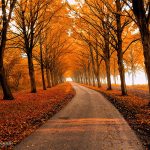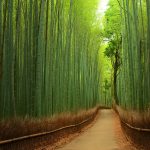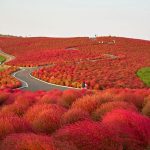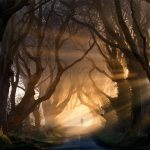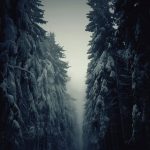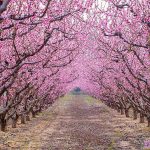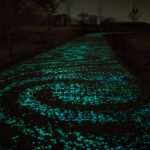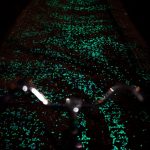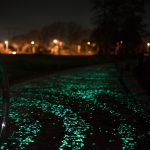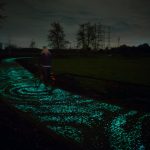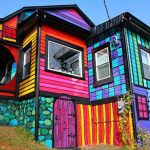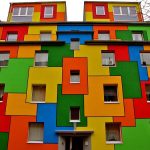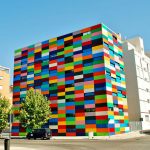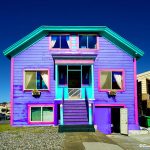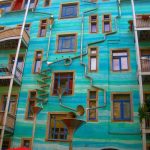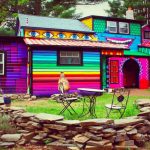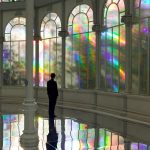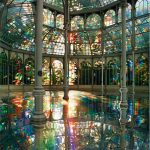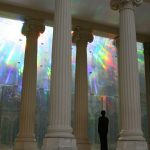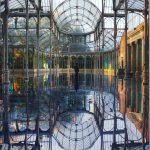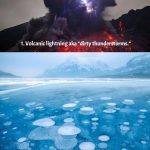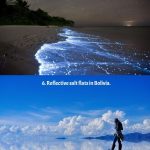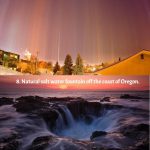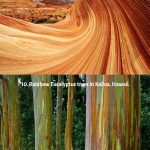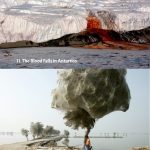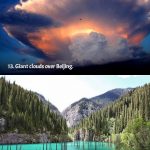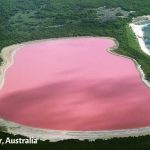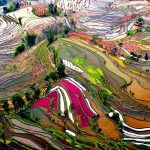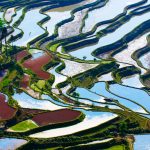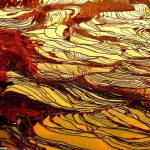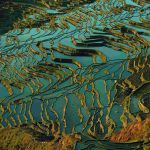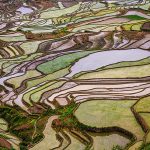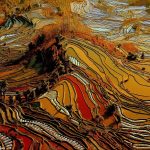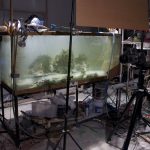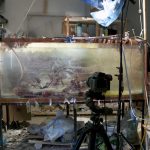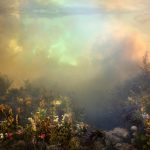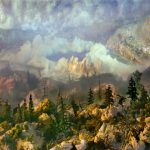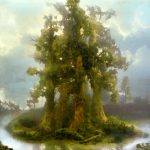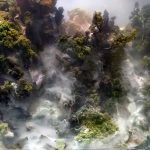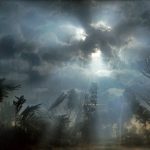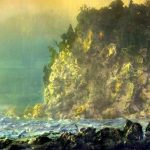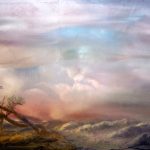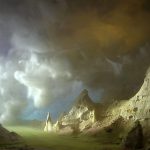Hi everyone!
First of all, I just wanted to thank y’all for all the love on the last tutorial I posted -I’m glad people found it worthy of sharing and reading. I wanted to make this one more in-depth. I don’t think I would call this a “tutorial” to achieve something specific, but a look into the thought process that goes on regarding environments, storytelling and execution. Hopefully you can relate it to your own thought processes you currently have.
Have a good one, guys! If you got questions, do ask ‘em. :)
(Also. I know I’ve been quiet in posting new art lately. A lot of the art I can’t show yet but there is cool stuff on the way.)
Tag: environmental design
Untitled
Scenery from The Wiz (1978)
Untitled
Kimsooja: To Breathe – A Mirror Woman (2006)
I believe this is the crystal palace at Retiro Park, Madrid.
I just want to live in a place full of prisms and rainbows.
Untitled
China’s Incredible Colored Rice Terraces
Incredible panoramic views of colored rice terraces in the mountainous Yuanyang region in China, one of the world’s largest rice-producing areas. The colors of the mirrored landscape are constantly changing due to the time of day and seasonal changes. These terraces were built by hand by the Hani people about 1,300 years ago.
The terraces are dug into the steep slopes of the mountains between 1,000 and 2,000 meters above sea level. Rice is planted once a year in April and harvested in September, when the terraces are flooded to prepare them for the next crop. When the terraces are flooded, the water reflects stunning colors from the sunlight.
Despite the breathtaking beauty of its landscape, the Yuanyang region remains untouched by mass tourism. Its remote, mountainous location, bad roads and lack of a nearby airport deter all but the most determined tourists and photographers.
Untitled
“Miniature topographies inside 200-gallon fish tanks, based on traditional landscape paintings. Keever fills the tanks with water once he’s sculpted and placed the miniatures, and colored lights and pigments create dense, atmospheric environments. He views his works as an evolution of the landscape tradition and deliberately acknowledges the conceptual artifice.”
